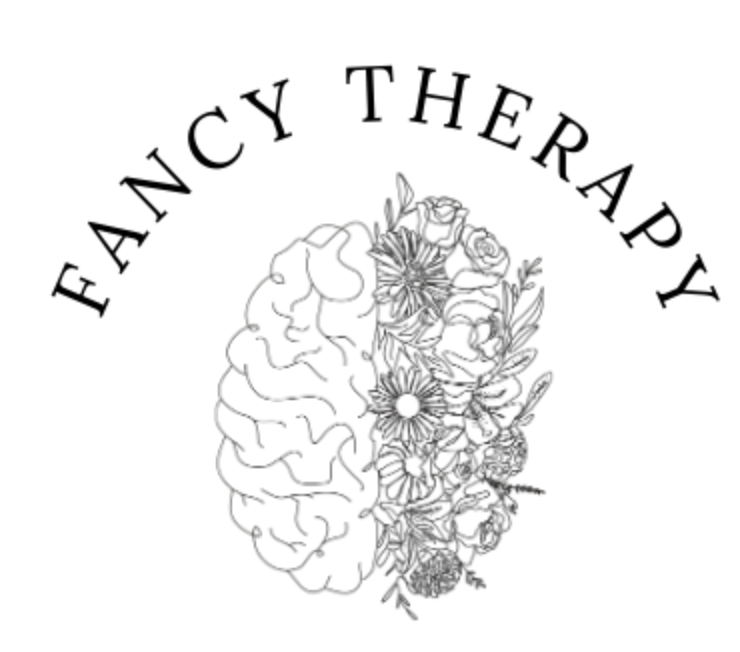Holistic Health and Green-Time
Have you ever felt a bit stuck in therapy? You’re talking a lot, trying to understand and process what happened to you or what’s happening to you, but it seems like something is still missing, or you aren’t experiencing a lot of movement or progress in your day-to-day life?
Firstly, let’s acknowledge that feeling stuck in therapy is not uncommon – it’s part of the process and I encourage you to speak to your therapist about this! Your therapist will not find you annoying, you are not a burden, it’s not inappropriate, and practicing being open and honest with your therapist is an important part of the work.
Secondly, verbal communication is only a small portion of our human experience. Talking with another human being, especially a mental health professional or psychotherapist, allows for external processing, getting another perspective, and reflection (amongst other benefits). Yet, so much of our human experience involves interacting with our surroundings, the environment we are in, using our bodies (eg., we pick up a mug with our hand, our feet makes contact with the ground as we walk, etc.) and our minds interpret the sense data (eg. the liquid in the mug is hot so I’ll drink the tea later, the grass tickles the soles of our bare feet). There is ample research on how our physical environment affects our mental health.
At some point, interventions other than talk therapy ought to be implemented because talking only goes so far when it comes to our healing journey or growth. Perhaps your therapist incorporates body sensations, somatic movements to release tension or memories, or even creative expressions using art, music, or play. And let’s be honest, the 1-2 hours a week with your therapist is a small fraction of how you’re living your life outside of therapy. So, how (and where) are you spending most of your time?
This is a perfect segue into the significance of nature’s role on our mental health! With the warmer weather upon us and we get more hours of sunlight, we may find that our moods have improved. We get to engage in more outdoor activities or sports, spend more time in and with nature, soak in the sun, and might even find that we feel more motivated.
Of course, many other considerations factor into one’s mental health, such as socioeconomic, cultural, psychological, biological, environmental, etc. If we look at these as different ingredients that go into a recipe for creating a delicious, fulfilling, nutritious, and sustainable meal that is our mental health, then connection with nature can be considered one of the core ingredients.
Some of you may have heard the term, “touch grass,” and it’s actually based in science! There is an increasing body of literature and research that demonstrates nature’s strong positive impact on one’s mental health, particularly for individuals who live in urbanized areas where majority of our lives are centred around buildings, offices, employment; heavy reliance on technology, screens, and devices; and industrialization, capitalism, exploitation. City centres have many benefits including job opportunities, societal and cultural advancements (Bratman et al., 2019), and a bustling energy, but usually comes at a cost, like decreased green-time.
Studies have shown that spending time in greenery helps adults with stress reduction, attention control, working memory, increased cognitive/psychological flexibility, better mood, and increased empathy or cooperation, which suggests that nature is beneficial for physical and psychological well-being (Weir, 2020). Schertz and Berman (2019) note the positive correlation between exposure to nature in children together with their cognitive performance and self- control behaviours.
Mindfully engaging with the colours, shapes, objects, sounds, and textures of nature is incredibly healing for a stressed and tired mind. Some studies suggest that simply looking at flowers for less than a minute during a dull, attention-draining task means making fewer mistakes (Lee et al., 2015). Imagine the cumulative effects of being outdoors, in nature, for 20 minutes a day, or even simply looking out your window at some greenery a few times a day!
If going outdoors or immersing yourself in nature is not feasible, doesn’t seem appealing, perhaps it’s rainy or cold, but you’d still like to reap nature’s positive impacts, any type of exposure helps. As suggested above, you can look out your window or simply look at pictures of nature. Try listening to nature’s sounds, whether by opening the window (which has the added benefit of fresh air!) or listening to simulated recorded sounds. Van Hedger et al. (2019) found that nature’s auditory stimulation, whether organic or simulated, decreases stress and distractions while improving cognitive function.
Engagement of any or all of your 5 senses (seeing, hearing, smelling, touching, tasting) to some aspect of nature and greenery has immense benefits, so what are you waiting for? What’s stopping you from stepping outside and spending a few moments reconnecting with our beautiful earth?
For anyone who works better with something written or a prescription, I got you! Here’s your park prescription. Side effects may include initial short-term discomfort; improved overall mood, vitality, sense of calm or peace; reduced stress and brain fog; better memory and focus; or an expansion in emotional capacity, self-regulation, and gratitude. May improve relationships with others and with self. May introduce more beauty and awe into your life. May help you develop a sense of wholeness, feelings of inspiration, or wonder.
If you’re still not convinced or want a shorter version of this post that you can put on your fridge as a reminder, check this out. What is one small step you can take towards incorporating more green-time in your daily life?
References
Bratman, G. et al. Nature and mental health: An ecosystem service perspective. Science Advances, 5(7). DOI: 10.1126/sciadv.aax0903
Lee, K. E., Williams, K. J. H., Sargent, L. D., Williams, N. S. G., & Johnson, K. A. (2015). 40- second green roof views sustain attention: The role of micro-breaks in attention restoration. Journal of Environmental Psychology, 42, 182-189. https://doi.org/10.1016/j.jenvp.2015.04.003
Schertz, K. E., & Berman, M. G. (2019). Understanding nature and its cognitive benefits. Current Directions in Psychological Science, 28(5), 496-502. https://doi.org/10.1177/0963721419854100
Van Hedger, S. C., Nusbaum, H. C., Clohisy, L., Jaeggi, S. M., Buschkuehl, M., & Berman, M. G. Of cricket chirps and car horns: The effect of nature sounds on cognitive performance. Psychonomic Bulletin & Review, 26, 522-530. https://doi.org/10.3758/s13423-018-1539-1 Weir, K. (2020, April 1). Nurtured by nature. Monitor on Psychology, 51(3), 50. https://www.apa.org/monitor/2020/04/nurtured-nature




